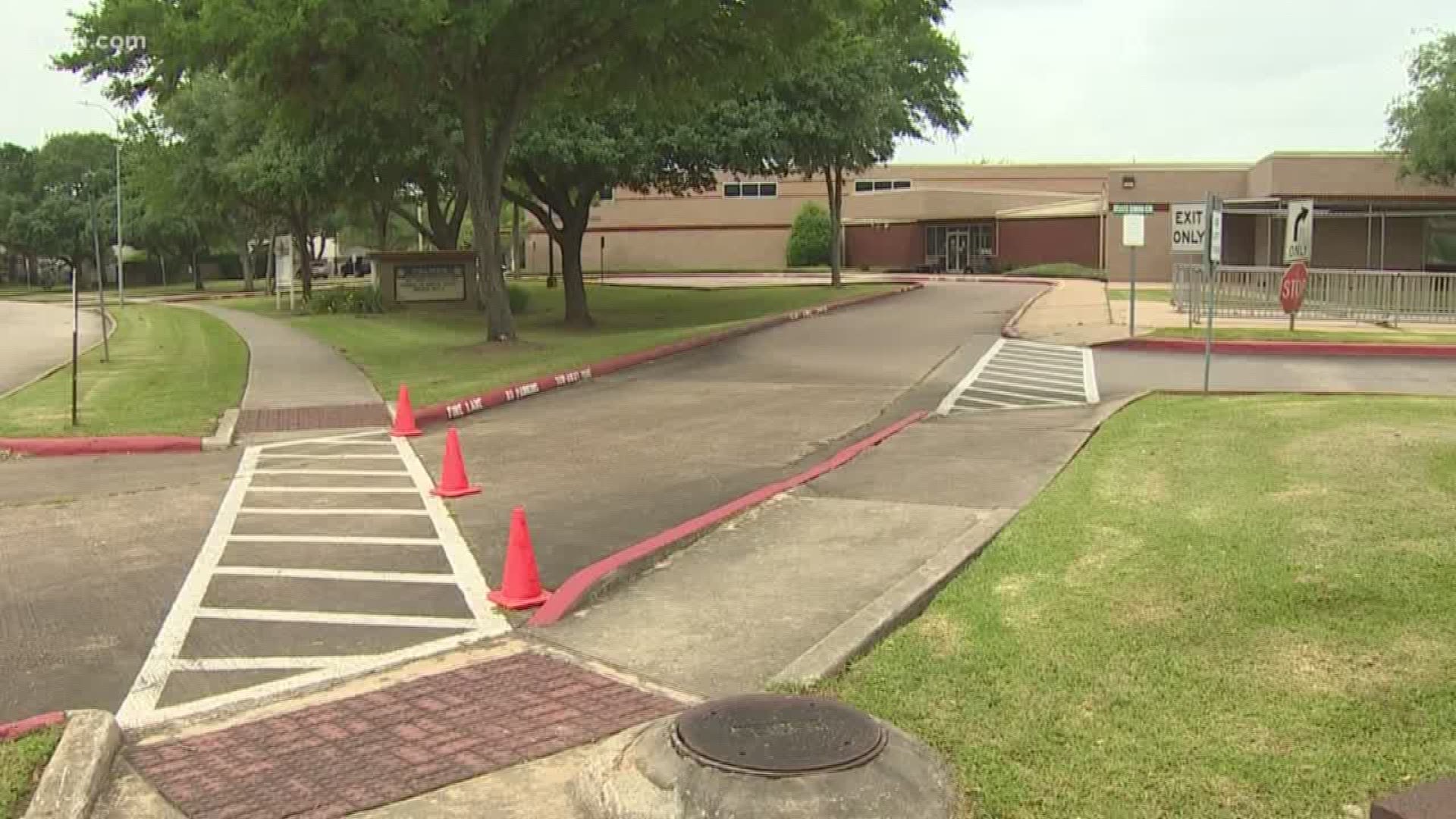HOUSTON — Texas private and public schools will remain closed for the remainder of the school year, according to a new state executive order.
Gov. Greg Abbott announced his decision Friday during a press conference detailing his plan for slowly reopening Texas.
He added educators and administrators will be allowed to go into classrooms for online teaching and to perform administrative tasks.
Abbott said he consulted medical experts who said it would be to dangerous to reopen.
He's working with a group of educators on a plan to help college and universities safely resume classes this summer.
In the meantime, college and school districts across the country have been relying on distance learning techniques such as online lectures, digital homework assignments and other tools.
OTHER CORONAVIRUS STORIES ON KHOU.COM
- Gov. Abbott creates strike force, eases medical restrictions and more in plan to slowly reopen Texas
- New pressure on Congress as funding for small businesses runs out
- NASA sets launch date for first crew flight from U.S. Soil Since 2011
- Many 'Payment Status Not Available' people share an oddly specific set of circumstances
- Some Florida beaches, parks reopen Friday
Coronavirus symptoms
The symptoms of coronavirus can be similar to the flu or a bad cold. Symptoms include a fever, cough and shortness of breath, according to the Centers for Disease Control. Some patients also have nausea, body aches, headaches and stomach issues. Losing your sense of taste and/or smell can also be an early warning sign.
Most healthy people will have mild symptoms. A study of more than 72,000 patients by the Centers for Disease Control in China showed 80 percent of the cases there were mild.
But infections can cause pneumonia, severe acute respiratory syndrome, kidney failure and even death, according to the World Health Organization. Older people with underlying health conditions are most at risk for becoming seriously ill. However, U.S. experts are seeing a significant number of younger people being hospitalized, including some in ICU.
The CDC believes symptoms may appear anywhere from two to 14 days after being exposed.
Human coronaviruses are usually spread through...
- The air by coughing or sneezing
- Close personal contact, such as touching or shaking hands
- Touching an object or surface with the virus on it, then touching your mouth, nose or eyes before washing your hands.
Help stop the spread of coronavirus
- Stay home when you are sick.
- Eat and sleep separately from your family members
- Use different utensils and dishes
- Cover your cough or sneeze with your arm, not your hand.
- If you use a tissue, throw it in the trash.
- Follow social distancing
Lower your risk
- Wash your hands often with soap and water for at least 20 seconds. If soap and water are not available, use an alcohol-based hand sanitizer.
- Avoid touching your eyes, nose, and mouth with unwashed hands.
- Avoid close contact with people who are sick.
- Clean and disinfect frequently touched objects and surfaces.
- If you are 60 or over and have an underlying health condition such as cardiovascular disease, diabetes or respiratory illnesses like asthma or COPD, the World Health Organization advises you to try to avoid crowds or places where you might interact with people who are sick.
Get complete coverage of the coronavirus by texting 'FACTS' to 713-526-1111.

